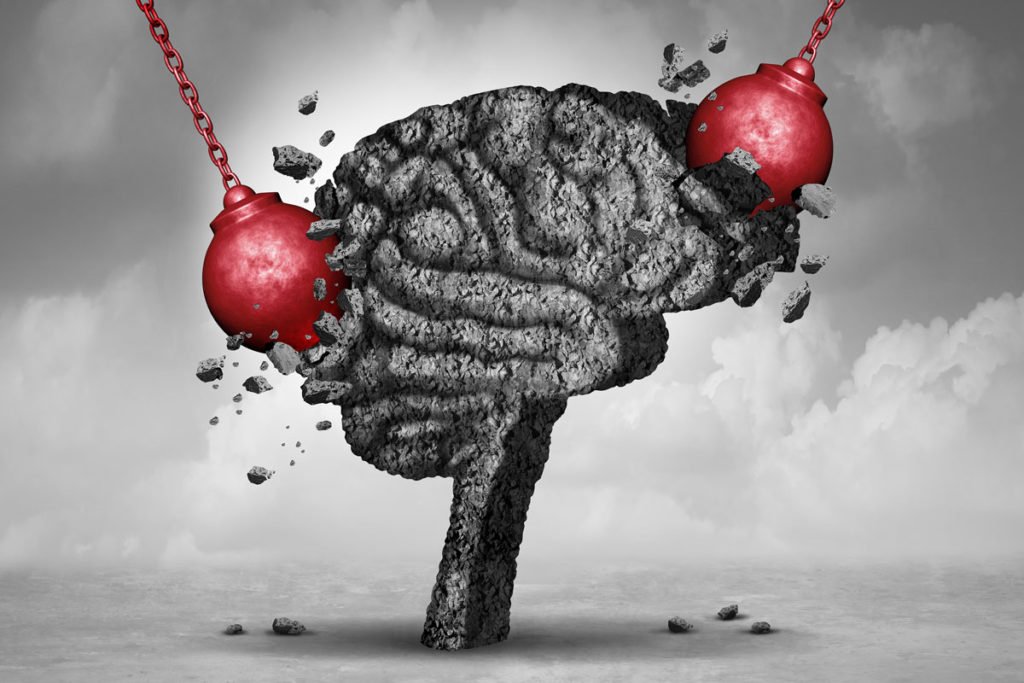CHRONIC HEADACHES AND DIZZINESS

The International Headache Society classified headaches as 14 main groups and hundreds of subgroups. Headaches which are directly related to headache syptoms and have no relationship with another disease are primary headaches. These are migraine, tension type and cluster headaches. Secondary headaches are seen in 10% of the cases, due to a certain disease, brain vascular diseases, nervous system diseases, brain tumors, eye diseases, sinusitis, meningitis, such as the emergence of diseases during the headaches.
What are the features of migraine?
- In general, pain is on one side of the head.
- Pain is throbbing, moderate or severe.
- Nausea, vomiting.
- It comes as a crisis.
- Pain lasts from 4 to 72 hours.
- There are visual disturbances at the onset of pain (in type aura).
- Pain increases with head movements and physical activity.
- Being disturbed by light and sound.
What are the factors that trigger migraine?
- Changes in height
- Air pollution, cigarette smoke
- Bright light or flickering light
- High and continuous noise
- Perfume odor, strong odors and chemicals
- Weather changes (pressure, temperature and humidity change, lodos)
- Seasonal changes (autumn and spring worst times)
- Hunger, skipping meals
- Many or less sleep, disturbances in sleep patterns
- Air travel
- Birth control pills
- Hormonal changes in women (menstrual period)
- Some foods and beverages (chocolate, nuts, red wine, etc.)
- Many nutrients are responsible for triggering migraine. * However, each patient may have different migraine headaches. The important thing is to find and discover the substance that triggers the pain of the person.
Gerilim tipi baş ağrısını migrenden nasıl ayırt edebiliriz?
- Gerilim tipi baş ağrısı çokluk stresten kaynaklanır
- Tüm başı tutar, tepede etkilidir. Başın arkasından öne yayılma gösterir
- Çok nadir tek taraflı olabilir
- Bulantı olabilir ama kusma görülmez
- Bir hafta – 15 gün ağrıyla (hafif) geçer
- Ağrı kriz şeklinde olmaz
- Ağrı başlamadan önce görme bozuklukları olmaz
- Hareket etme ağrıyı artırma
What should be the treatment in migraine?
The goal of the treatment is to reduce the triggering factors, to reduce the sensitivity in the nervous system and to suppress the events around the vein and vessel. Basic treatment is divided into two types as preventive and attack treatment. If the patient’s pain is seen twice a month, treatment is recommended only during the attack.
How is the treatment of the attack done?
Pain relief, non-steroidal anti-inflammatory drugs, ergotamine drugs and triptans are used in the treatment of pain. İf pain relievers and ergotamin drugs are used frequently they make continuous pain and can lead to more serious side effects.
Anti-emetic group drugs are given for nausea and vomiting during attack. Painkillers should be taken at the beginning of the attack. In order to accelerate the absorption, anti-nausea medication should be taken before the painkiller.
How is preventive treatment done?
If the number of attacks exceeds four in a month, then it is necessary to use drugs to prevent migraine attacks, not only during attack. It does not apply if the person has a migraine attack once a month or every 6 months. In preventive treatment, drugs are taken every day. Heart drugs, depression medications, epilepsy drugs are used for this purpose. Painkillers should not be taken every day.
Are there any treatment alternatives other than medication?
Biofeedback in tension-type headache (back transmission – relaxation training), acupuncture in migraine, tissue massage in chronic pains, riboflavin, magnesium, ‘fever few’ plant as alternative treatments.
